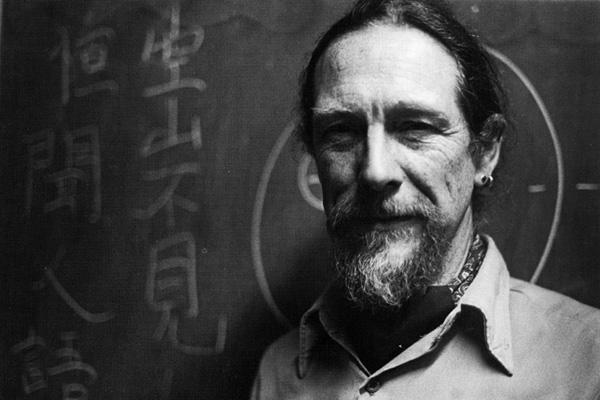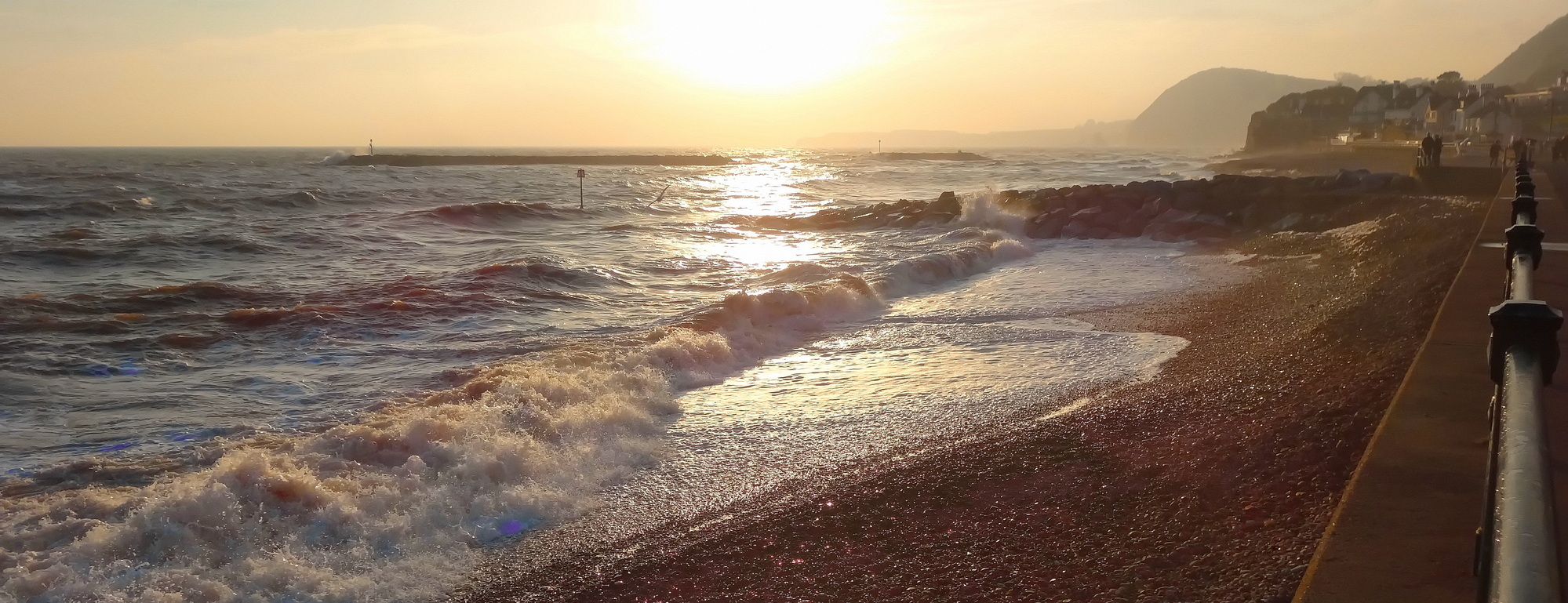There is ‘nature poetry’ – and there is the poetry of the likes of Gary Snyder:
His writings, poems, and essays about that place and about the importance of personal rootedness, have helped shape policy and the movement known as Deep Ecology. a book review by Keith Taylor: Gary Snyder: Collected Poems (Library of America, 357)
He’s been called the “poet laureate of deep ecology”: Gary Snyder’s Path of the Deep Ecology Movement – Los Angeles Times
But he goes beyond ideology in his explorations of nature and humanity:
Although not technically a philosopher in the traditional or academic sense, his writings contain a very complex treatment of modern society’s relationship to the natural world. Snyder’s chief concerns are protecting nature from the ravages of civilization, putting humans back in touch with our “wild” selves and returning us to a sense of self-contemplation, community and embeddedness in nature. Snyder puts his philosophical views into practice in the foothills of the Sierra Nevada Mountains, where he has made his home since 1970. Eschewing publicity, he sits za zen every day, and is a life-long proponent of ecological thinking. Snyder also draws from Mahayana Buddhism, bioregionalism and social anarchism in developing his perspective and philosophical orientation.
Between Social Ecology and Deep Ecology: Gary Snyder’s Ecological Philosophy | The Anarchist Library
Here’s a very thoughtful interview with the writer: The Paris Review – The Nature of Gary Snyder – The Paris Review

His collected poems have now come out at the age of ninety-two:
When asked by an interviewer where his place in the world was, the poet Gary Snyder traced an arc up the Pacific coast, from Big Sur to British Columbia, then through Alaska and the Aleutian chain, eventually coming to rest on Hokkaido, the Japanese islands and Taiwan. “My place on earth is where I know most of the birds and the trees and where I know what the climate will be right now, roughly”, Snyder explained. “Now that’s the territory I have moved and lived in and that I sort of know. So that’s my place.”
Few figures have reshaped the geography of American poetry as powerfully as Snyder, who, as an environmental activist, Zen Buddhist and translator from Chinese and Japanese, has both reoriented it across the Pacific and grounded it in a sense of local place. With the publication of the Library of America’s Collected Poems – edited by Jack Shoemaker and Anthony Hunt, and including book-length works from Riprap and Cold Mountains Poems (1959/1965) to This Present Moment (2015) – readers can also see how Snyder, now ninety-two, has retained both the consistency of his convictions and a sense of playfulness over the course of his six-decade career.
Snyder was born in 1930, to parents who started a subsistence farm outside Seattle during the Great Depression; his grandfather had been a member of the radical labour organization the Wobblies, and his father was a union organizer. The landscape and language of the Pacific Northwest would imbue the work of Snyder, who first climbed Mount St Helens at the age of fifteen, for the rest of his life. On a scholarship to Reed College, Snyder met the poets Lew Welch and Philip Whalen, and studied Native American anthropology. He briefly enrolled in a graduate programme in Indiana before dropping out to pursue oriental languages in Berkeley and becoming embroiled in the nascent San Francisco Renaissance and the circle of New York transplants who had flocked to the scene.
Some readers will, unjustly, remember Snyder primarily as Japhy Ryder, the countercultural hero of Jack Kerouac’s The Dharma Bums (1958), a novel that documented Kerouac’s growing Buddhist faith and anticipated the “rucksack revolution” of the 1960s. That book includes an account of the famous reading at San Francisco’s Six Gallery in 1955, when Allen Ginsberg debuted “Howl” and Snyder read his poem “A Berry Feast”, about the Coyote trickster…
Collected Poems by Gary Snyder | Book review | The TLS
Here’s as good an example as any:
Pressure of sun on the rockslide
Whirled me in dizzy hop-and-step descent,
Pool of pebbles buzzed in a Juniper shadow,
Tiny tongue of a this-year rattlesnake flicked,
I leaped, laughing for little boulder-color coil–
Pounded by heat raced down the slabs to the creek
Deep tumbling under arching walls and stuck
Whole head and shoulders in the water:
Stretched full on cobble–ears roaring
Eyes open aching from the cold and faced a trout.
